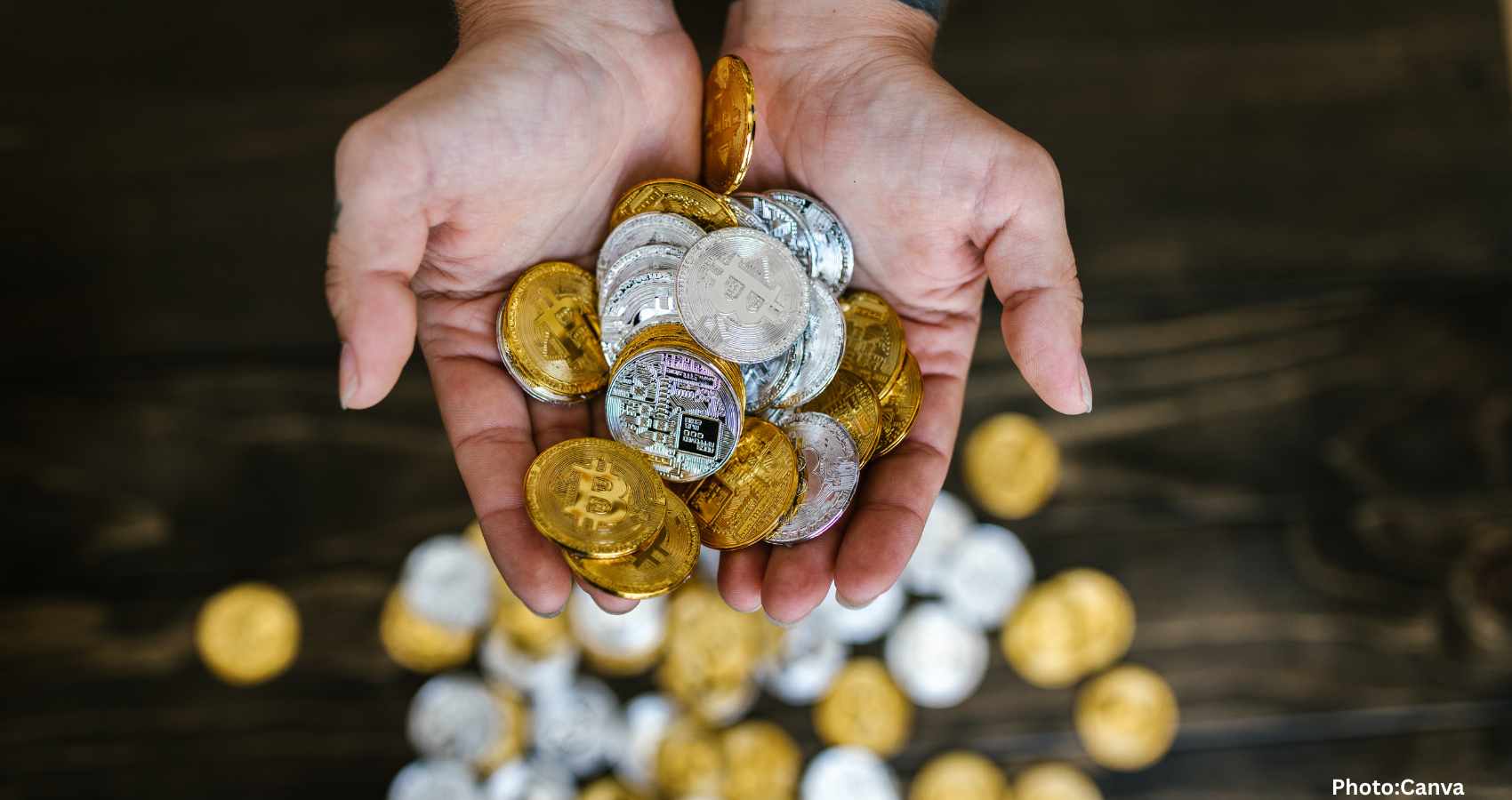Gold and silver prices experienced a downturn on Tuesday due to growing uncertainty over U.S. tariff policy.
After enjoying a two-day rise, gold and silver prices took a hit as global markets reacted to increasing uncertainties surrounding U.S. tariffs. The India Bullion and Jewellers Association (IBJA) reported a significant decline in the price of 24-carat gold, which saw a reduction of over ₹300. The cost for ten grams of 24-carat gold fell by ₹387, decreasing from ₹98,303 to ₹97,916.
Similarly, 22-carat gold prices also registered a decline. Ten grams of this gold category dropped ₹354, from ₹90,045 to ₹89,691. In parallel, 18-carat gold experienced a reduction of ₹290, settling at ₹73,437 from its prior price of ₹73,727.
Jateen Trivedi, an analyst at LKP Securities, commented on the situation, saying, “Continued tariff escalations by the U.S. on its global trade partners have kept uncertainty high, which typically supports safe-haven buying in gold.”
Silver markets mirrored this downward trend as prices dropped by ₹1,870 per kilogram, moving from ₹1,13,867 to ₹1,11,997.
Despite these declines in the spot market, futures trading showed mixed results. Gold futures, set to expire on August 5, 2025, rose slightly by 0.04% to ₹97,815 on the Multi Commodity Exchange (MCX). Conversely, silver futures expiring on September 5 decreased by 0.29% to ₹1,12,611.
This pattern was echoed on international markets. On the Comex, silver prices fell 0.38% to $38.59 per ounce, while gold saw a minor increase of 0.21%, reaching $3,366.20 per ounce. Trivedi further explained, “Gold traded within a narrow band of ₹97,750 to ₹98,050, tracking positive momentum on Comex near $3,365 with a $20 gain.”
Upcoming U.S. Consumer Price Index (CPI) data expected later this week has also kept traders vigilant, with many anticipating ongoing volatility in gold prices. Analysts predict the price to fluctuate between ₹97,500 and ₹98,500.
However, the drop in prices on Tuesday did present a brief opportunity for buyers to acquire gold and silver at reduced prices before further market fluctuations occur.
According to IANS, these developments reflect a complex global economic landscape where investors continue to grapple with uncertainty.

